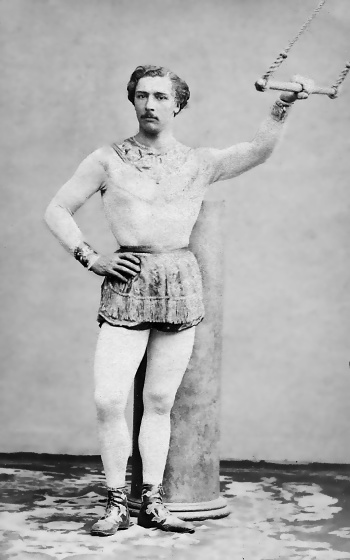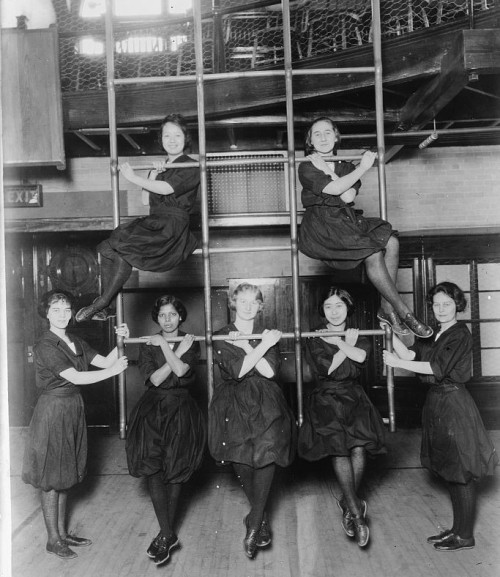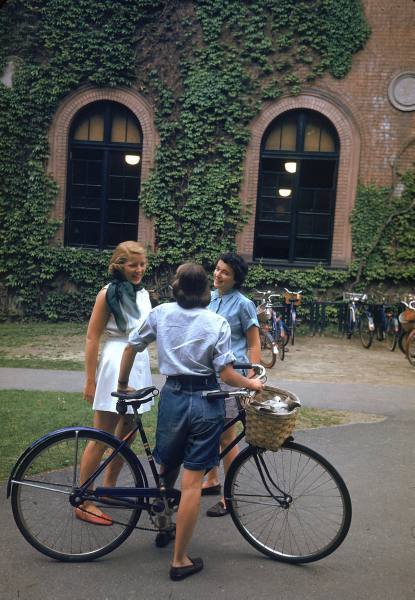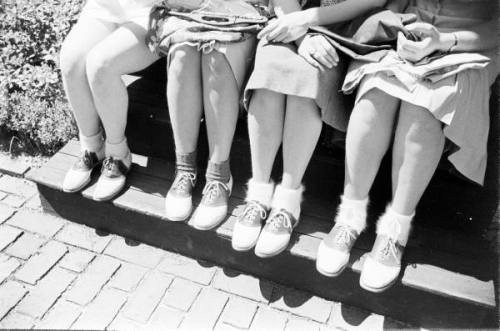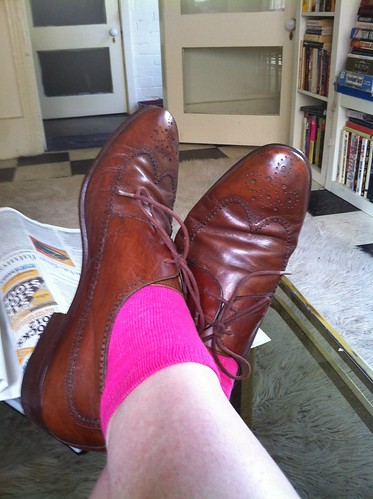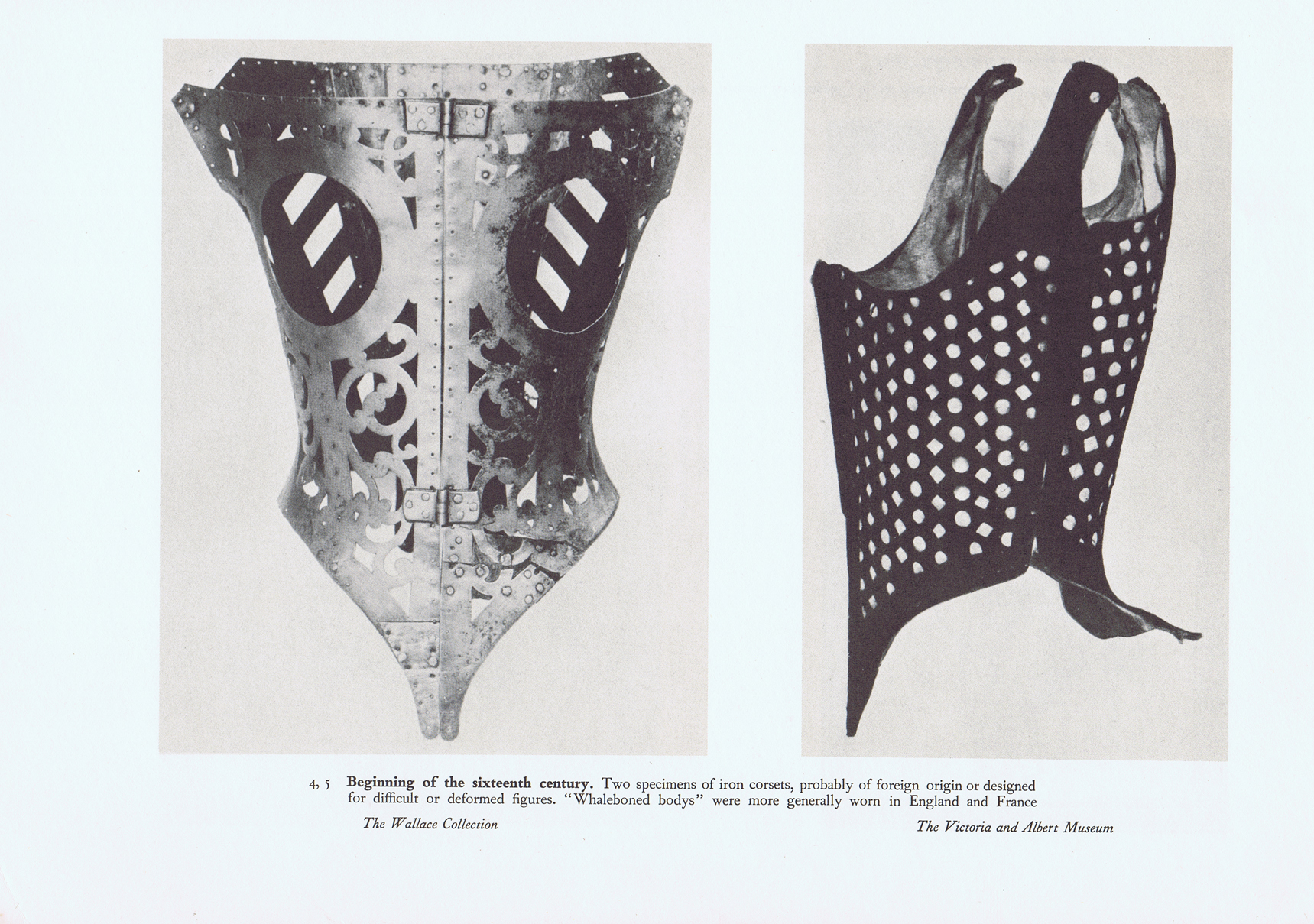
A sketch of a sans-culotte. They were often depicted in red, white and blue striped pants, with red caps and tricolour sashes.
After the Revolution, trousers (along with unpowdered hair cropped short in the 'Roman' style) became the mark of wholesome republican masculinity in France, as opposed to the decadent royalist effeminacy implied by breeches. Cut so slimly they almost resembled leggings, they were sometimes worn with a stirrup strap under the foot to achieve a fashionably 'classical' tautness.

"You could really be a Beau Brummell baby if you just gave it half a chance" – Billy Joel
More than any other individual, George Bryan 'Beau' Brummell was responsible for transforming this look into the uniform of the English dandy. Like Coco Chanel, Brummell was a self-made social climber in deliberately simple clothing; this middle-class lad eventually became close to the Prince Regent, the future George IV.
He stood out from and fascinated the Georgian aristocracy with his fastidious attention to personal hygiene and his taste for unadorned, fitted dark coats, pale buckskin trousers, crisp white shirts, carefully knotted cravats and shiny boots (which he recommended polishing with champagne).
Despite spending fabulous sums on a relatively unassuming wardrobe (Brummell reckoned someone could be tolerably well dressed on an annual budget of around £800, or around $162,400 in today's money), his consumerism was never splashy or hedonistic. Rather, Brummell was soberly devoted to the pursuit of subtlety and distinction in dress and manners.
However, Brummell's decline began when he turned his ever-impertinent wit on his patron. Snubbed by the future monarch at an 1811 ball, he retaliated: "I say, Alvanley – who's your fat friend?"
Surprisingly, he maintained his popularity even after falling from royal favour, but his finances had never quite covered his exorbitant lifestyle. His dad William died in 1794, leaving Beau a £30,000 fortune (£2.69 million in today's money) that his expensive lifestyle completely frittered away in just over 20 years. In 1816 he fled England to escape his creditors, dying in poverty in France in 1840.
This was a most ironic fate indeed for someone who had made dandyism such a decidedly English masculine ideal. Dandies situated themselves in opposition to an earlier kind of Georgian hipster – the macaroni, a term that had arisen in the 1760s when wealthy young men who'd tasted Italian food on their travels abroad adopted ostentatiously 'European' dress and manners once they got back home. (The song 'Yankee Doodle Dandy', written around 1755, makes fun of trashy Americans who thought all it took to be cool was to stick feathers in their hats.) Anything elaborate became very bad taste in England after the French Revolution.
The 19th century is often understood as the era of wasp waists for women, but a cinched waist was also considered the height of manly beauty. Perhaps Brummell's 'fat friend' resorted to a corset or girdle to look good in his clothes, as a significant minority of Regency men did. The rich fabrics and stiffly upholstered layers of 18th-century menswear had made pretty much everyone look stout, but Brummell's favoured silhouette was svelte and body-hugging.

During an 1808 battle against Tom Cribb, future publican Bob Gregson "refreshed himself with a tumbler of brandy".
Perhaps one reason their pants were so tight was that dandies celebrated the physical body and considered prize-fighters or 'pugilists' to be prime specimens of manhood. As we've seen, the outfits boxers fight in have had a profound influence on menswear silhouettes.
One favourite, the Lancashire giant Bob Gregson, retired in 1810 and became the publican at the Castle Tavern in Holborn, where dandies loved to drink. It would be like today's hipsters hanging out at a pub owned by a retired indie singer-songwriter.
Cool dudes in skinny jeans, sometimes even in women's jeans, are the cultural heirs of Romantic heroes in tight pants, from Mr Darcy to Lord Byron to Prince Albert. Indeed, pop and rock stars beloved of teenage girls often wear tight clothing to make spectacles of their youthful bodies. In a reversal of John Berger's theory that men look while women merely appear, the boys are the ones being ogled and objectified by lusty female fans whose behaviour is unruly and unpredictable.
A contemporary observer will notice that in the 19th century, tight pants were actually quite baggy in the crotch. The folk mythology invented for the Prince Albert genital piercing (that it tucked his tackle neatly away in order not to spoil the line of his pants) isn't at all true.
Fascinatingly, current boy band sensation One Direction wear their skin-tight jeans just as baggy in the crotch. But while Regency pants were high-waisted, young men these days (and don't I sound a thousand years old as I write that) will wear their tight pants very low on the hips so that the putative 'crotch' of the pants actually sits more over the upper thigh. The waistband of their underpants is exposed, and sometimes large portions of the undies themselves. The look creates an optical illusion of elongated torsos and truncated legs.
Compare this look to the Ramones, whose tight pants are body-conscious in a way that looks almost feminine. Maybe it's because they were such unbelievable poseurs, standing with spread legs, cocked hips and thumbs in pockets in the way we're used to seeing women pose for men's magazines.




